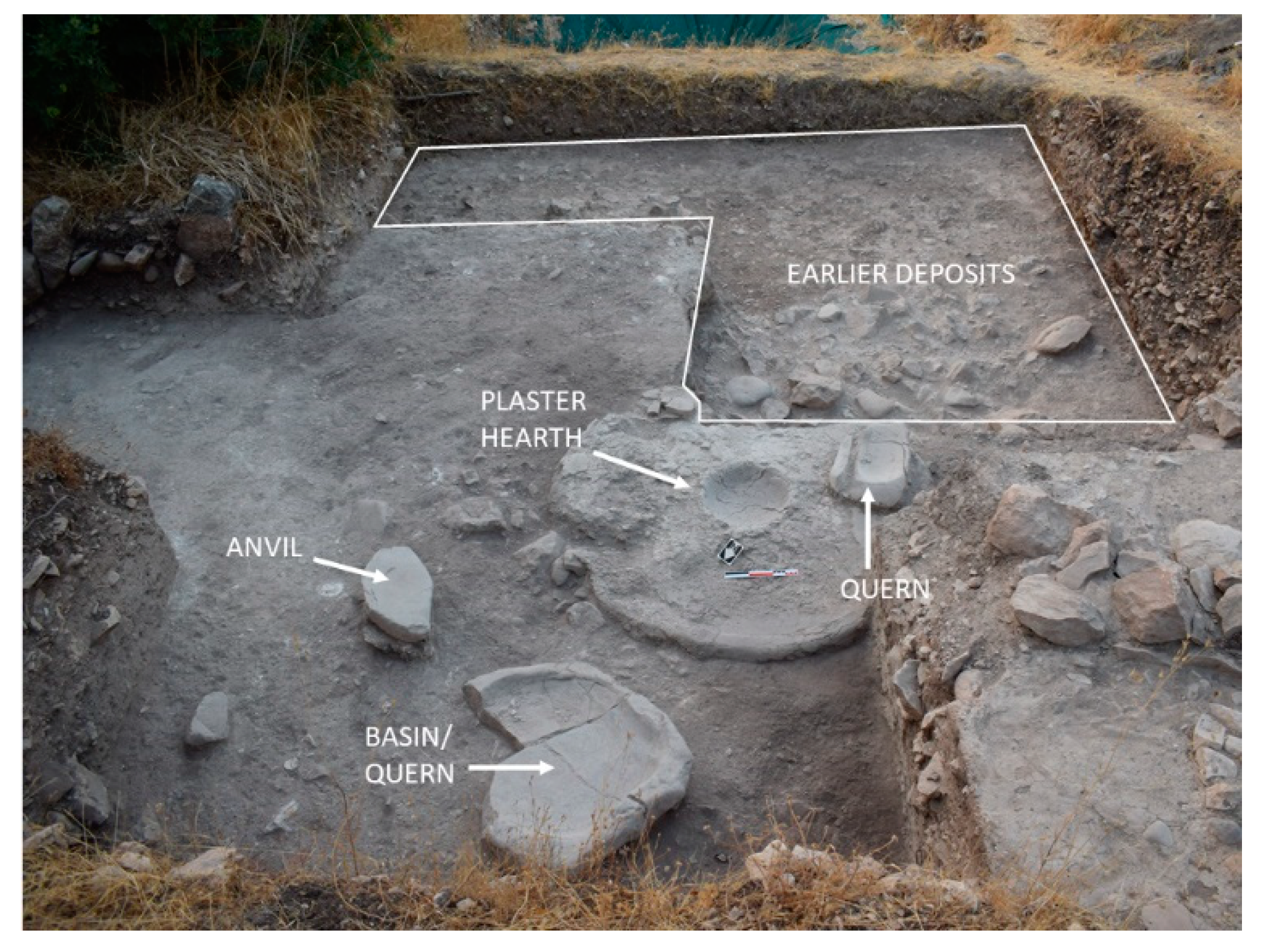
Call our office to schedule a consultation today to evaluate your pet's health. We would love to meet and care for you and your cherished pets. We also perform soft tissue surgeries including mass or tumor removals, dog bite wound repair, drain placement and laceration repairs. Queen Creek Veterinary Clinic opened it's doors to the Queen Creek community in 1997! We are very proud to provide services such as rabies and distemper parvo vaccinations, flea and tick prevention, surgical procedures including spay, neuter, and dental cleanings. This decision proved to be disastrous, since Mary was soon a prisoner of the queen and would spend the next nineteen years as Elizabeth’s prisoner, before she was executed for plotting against the queen on 8 February 1587 at Fotheringay Castle.Get to Know Queen Creek Veterinary Clinic He died a prisoner at Dragshold Castle in Denmark in 1578.ĭays after this final meeting, Mary fled Scotland to seek refuge in England, hoping for the protection of Elizabeth I of England. With the Scottish nobles divided over the union, a stand-off between the two sides took place at Carberry Hill on 15 June 1567, from which Bothwell fled, never to see his wife again. Telling the queen that he had kidnapped her for her own safety, Mary was either raped by Bothwell or agreed to consummate her relationship with him (accounts vary) and on 15 May the pair were married at Holyrood Palace. On 24 April 1567, Bothwell, with a force of 800 men, kidnapped Mary whilst she was riding between Linlithgow and Edinburgh. James Hepburn, Earl of Bothwell was a Scottish nobleman who was accused of Darnley’s murder, although he was later acquitted. Mary’s third and final marriage began and ended with controversy. Mary Queen of Scots and James Hepburn, Earl of Bothwell The fact that she married her third husband, the Earl of Bothwell, shortly after the murder, did little to help her cause. The king consort had been murdered and many believed Mary had played a part in his death. On 9 February 1567, Darnley was found dead outside a dwelling in Kirk o’Field, Edinburgh, following an explosion. Not only had Darnley’s arrogant behaviour during the early months of the marriage angered many of the Scottish nobles, but it had also incurred the displeasure of Queen Elizabeth I of England, who was angry to see Darnley, as her English subject, marry the Queen of Scots, who was herself in line to the throne of England. Within two months of the wedding, Mary was pregnant with the future King James VI. Mary, aged 22, described her 19-year-old groom as ‘the lustiest and best proportioned long man that she had seen’ but her infatuation was to be her downfall, and her initial happiness didn’t last.

The wedding took place on 29 July 1565 in the chapel of Holyrood Palace. Mary’s second husband was Henry Stuart Lord Darnley, her cousin. Mary Queen of Scots and Henry Stuart Lord Darnley The untimely death of Francis in 5 December 1560 changed Mary’s future and meant she would return to Scotland to claim her throne, leaving Francis’s ten-year-old brother Charles to inherit his brother’s title of king. Despite the fact that Mary was also queen of Scotland, she knew little of the land of her birth. The wedding took place at Notre Dame Cathedral in Paris, however less than a year after the ceremony, Francis’s father Henry II died and the young couple became king and queen of France. Mary’s mother Marie de Guise had arranged the marriage when Mary and Francis were infants, and so Mary was brought up knowing she would one day be queen of France and Scotland. Francis and Mary were well known to each other at the time of their nuptials, since Mary had been brought up in the French royal court, following the death of her father King James V of Scotland when she was just five days old.


 0 kommentar(er)
0 kommentar(er)
